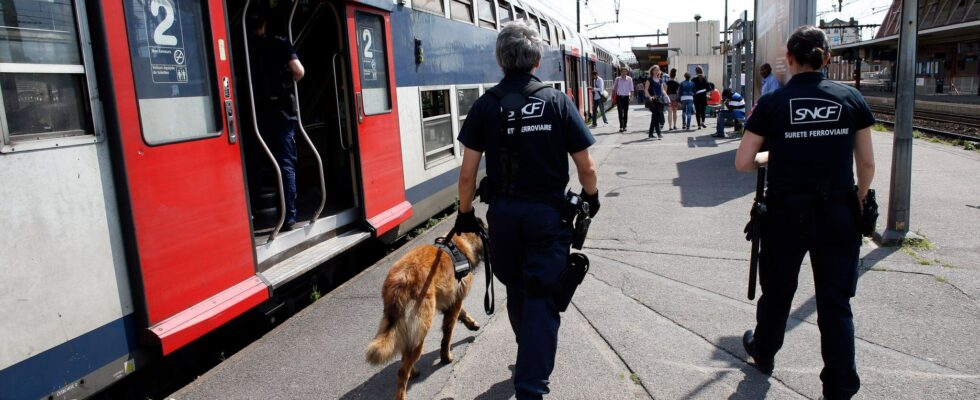There is rumbling in the ranks of SNCF and RATP staff, and among public transport network agents in 23 cities, such as Lille, Lyon, Bordeaux and Amiens, where unions have discovered the incompetence of their management. As of the end of the week, all agents equipped with a body camera will have to remove it from their uniform and immediately put it away in a box, since wearing the equipment, manufactured in the United States by the company Axon, is no longer authorized by law.
A fantastic blunder that should occupy the new Minister Delegate for Transport, François Durovray, LR president of the Essonne departmental council, from this week.
In 2019, as part of the mobility orientation law, it was decided, on the proposal of Senator Philippe Tabarot, to equip volunteer agents with this device, i.e. a camera worn on the chest that captures sound and image. The body camera had until then been the preserve of police officers, military personnel from the gendarmerie or municipal police officers. The beginnings were delicate, the flight crew worried, so it was decided to launch the experiment in July 2020, for four years.
The SNCF thus equips 3000 of its agents. Equipping the controllers with them did not pose any difficulties, this category of personnel being sworn in, on the other hand for the ground agents, on a voluntary basis, the management of the SNCF had to organize their swearing in before the courts. Heavy machinery.
Conclusive results
Four years later, the results of the experiment are conclusive: 96% of volunteer agents want the system to continue, and according to the same internal SNCF survey, 95% of the triggers have “helped to calm or contain conflict situations”. 85% of agents also believe that “the body camera has helped to prevent outrage or aggression”.
The SNCF security management also estimates that a thousand work accidents and 650 sick leave were thus avoided. Encouraged by these results, SNCF and RATP decided to continue the use, they mandated the UTPF, the Union of Public and Rail Transport, to bring the subject to the National Assembly. However, since the dissolution of the Assembly had completely interrupted parliamentary work since June, no legislator was able to decide during the summer on the legal follow-up to be given to this experiment.
Yesterday, Monday, September 23, the management of SNCF Voyageurs learned that it would have to suspend the wearing of body cameras as of the end of the week. It hopes that the measure will be voted on by January 2025. In the meantime, thousands of public transport agents no longer have the use of their body cameras.
